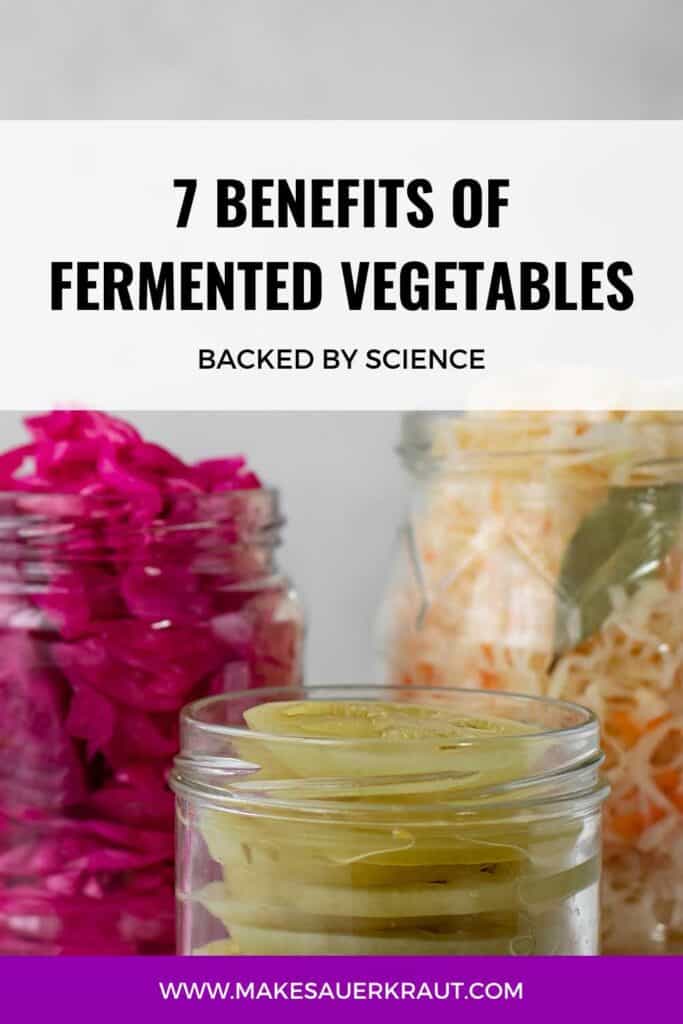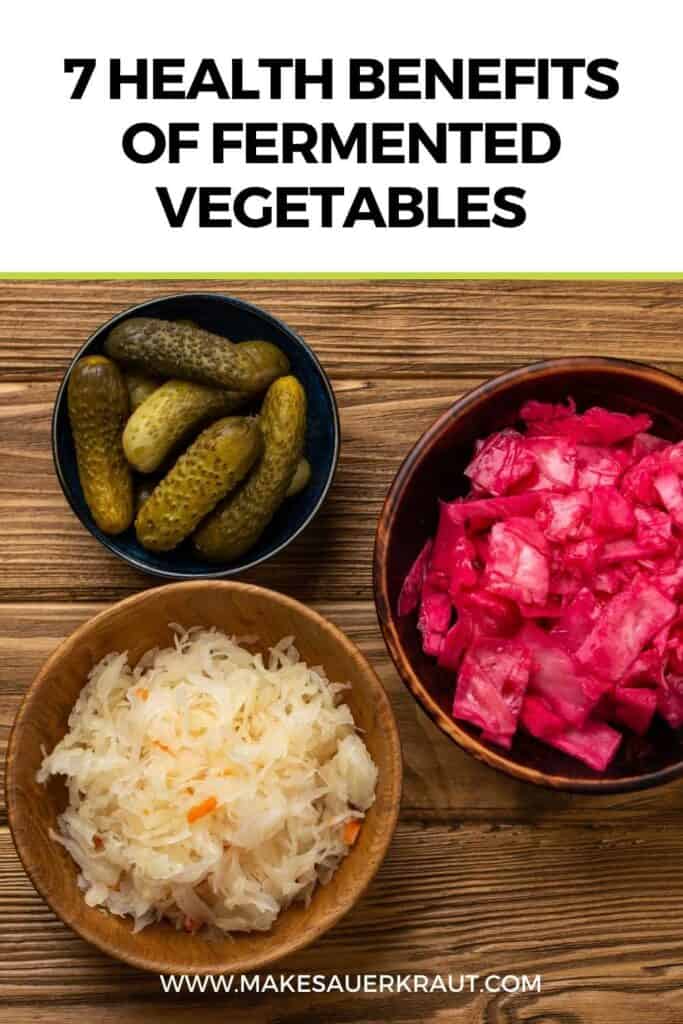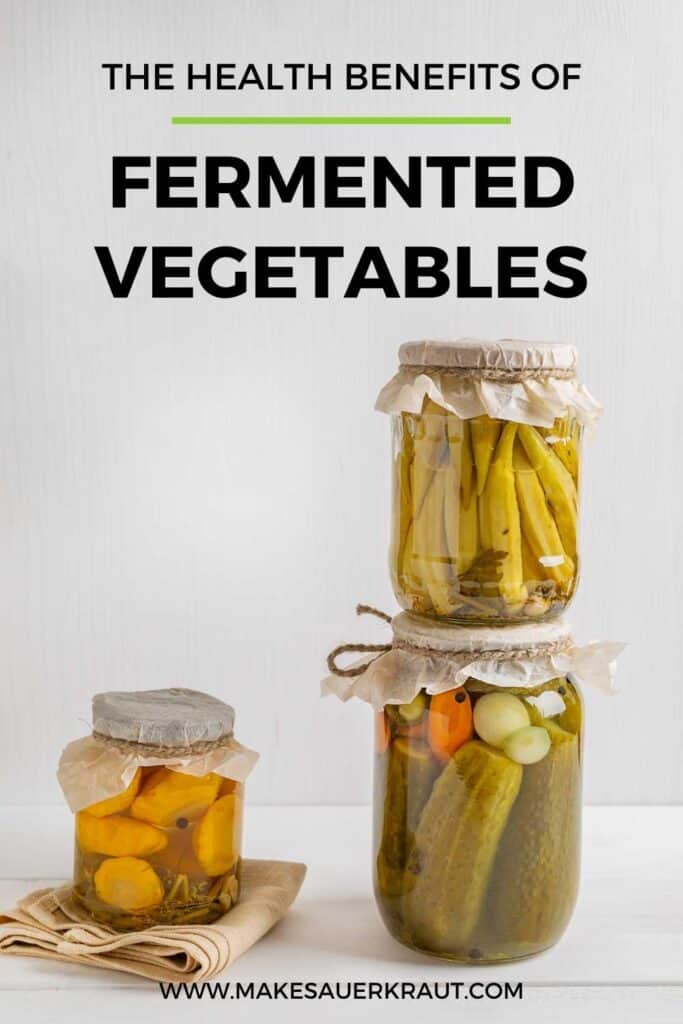Are you looking for a simple and tasty way to boost your health? Look no further than fermented vegetables! This ancient food is not only delicious but also provides a wealth of health benefits, from improved digestion to a more robust immune system. In my latest blog post, I explore seven top health benefits of incorporating fermented vegetables into your diet. Don’t miss out on this nutritional powerhouse.
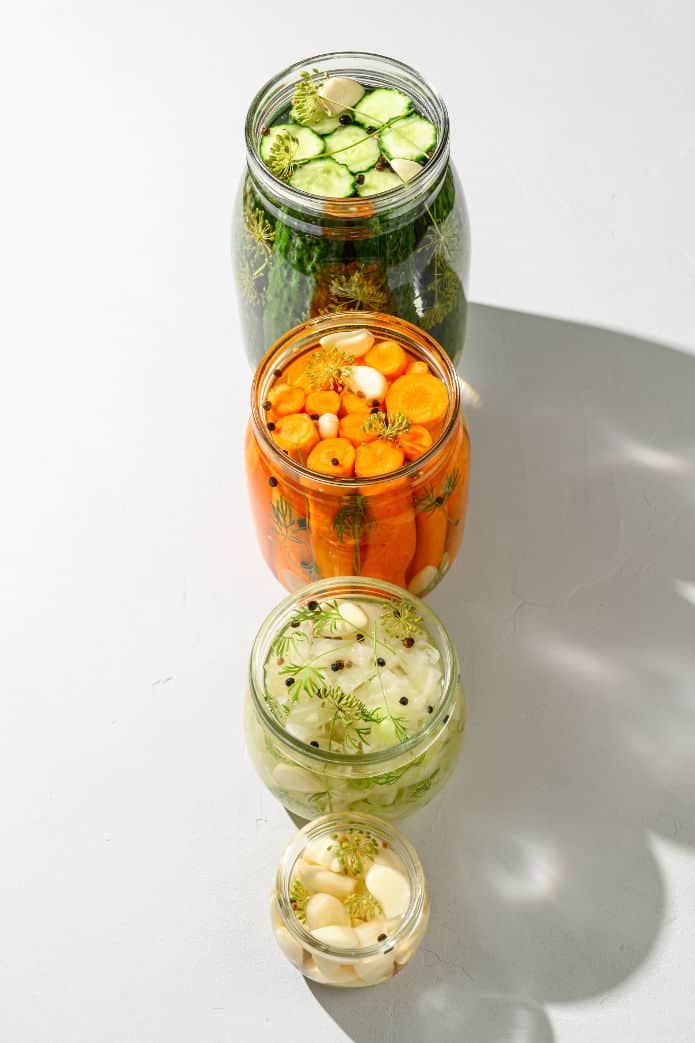
Fermented vegetables have been a part of human diets for thousands of years and continue to be popular today.
Fermentation is a natural process that uses beneficial bacteria to break down the carbohydrates and sugars in vegetables, resulting in a tangy and delicious final product.
But did you know that fermented vegetables also provide a wealth of health benefits?
From improved digestion to boosted immunity, fermented vegetables are a nutritional powerhouse.
In this blog post, we will explore seven top health benefits of incorporating fermented vegetables into your diet.
- 1. Ease Digestion
- 2. Increase Your Gut Microbiome Diversity
- 3. Reduce the Sugar Content of Your Food
- 4. Are Safely Preserved through Lacto Fermentation
- 5. Supply Prebiotics and Probiotics
- 6. Contain Nutrients that are More Bioavailable
- 7. Have a Reduced Toxin and Pesticide Load
- Fermented Vegetable Recipes to Try
Fermented vegetables:
1. Ease Digestion

One of the most well-known benefits of fermented vegetables is their ability to improve digestion.
Fermentation can make vegetables easier to digest due to the activity of probiotic bacteria that break down complex carbohydrates and fibers, making them more bioavailable to the body.
Fermentation also produces probiotics and enzymes that can help the body break down and absorb nutrients more efficiently.
In addition, fermentation can reduce the levels of anti-nutrients, such as phytates, that can interfere with the body’s ability to absorb certain minerals.
2. Increase Your Gut Microbiome Diversity
A study conducted by Stanford Medicine researchers suggests that a diet rich in fermented foods can lead to a more diverse gut microbiome and reduce inflammation in the body.
The study was conducted on 36 healthy adults who were randomly assigned to a 10-week diet of either high- or low-fermented food intake. The participants’ gut microbiomes were measured at the beginning and end of the study.
The study found that those who followed the high-fermented food diet had a significant increase in microbial diversity, which is associated with better health outcomes.
The high-fermented food group also had reduced levels of inflammatory markers, which are associated with chronic diseases such as diabetes and cancer. Additionally, the study found that the high-fermented food group had a decrease in overall body fat and BMI.
3. Reduce the Sugar Content of Your Food

What happens to the sugars in the foods we ferment?
Bacteria consume the sugars!
During the fermentation process, some of the vegetables’ sugars are converted into lactic acid, which gives the fermented vegetables their tangy taste.
Sweet tea into effervescent kombucha.
Kombucha is a fermented tea beverage that has become increasingly popular due to its potential health benefits. The beverage is made by fermenting sweetened tea with a symbiotic culture of bacteria and yeast, often called a “SCOBY.”
During the fermentation process, the SCOBY consumes some of the sugar and caffeine in the tea and produces a range of organic acids, enzymes, vitamins, and other beneficial compounds. This gives kombucha its unique tangy taste and effervescence.
Sweet flour to chewy sourdough.
Sourdough bread is made from naturally fermented dough using wild yeast and lactic acid bacteria. This fermentation process gives the bread its characteristic tangy flavor and chewy texture.
To make sourdough bread, a starter is first created by mixing flour and water and allowing it to sit at room temperature for several days, allowing wild yeast and lactic acid bacteria from the environment to colonize the mixture. This starter is then mixed with flour, water, and salt to form a dough, which is left to ferment for several hours or even days before baking.
The starter’s wild yeast and lactic acid bacteria feed on the flour’s carbohydrates (the sugars), producing carbon dioxide gas and organic acids. This creates air pockets in the dough and gives the bread its distinctive texture and flavor.
Some people prefer sourdough bread because it is generally considered to be more easily digestible and may have a lower glycemic index compared to bread made with commercial yeast. Additionally, due to the longer fermentation process, sourdough bread may contain more nutrients.
Sweet milk to tangy yogurt.
Yogurt is a dairy product made by fermenting milk with specific strains of bacteria. These bacteria convert the lactose (milk sugar) into lactic acid, which causes the milk proteins to coagulate and form a thick, creamy texture.
Yogurt contains beneficial bacteria, often referred to as probiotics, that can have a positive impact on gut health. These probiotics are live microorganisms that can help restore the natural balance of bacteria in the gut.
4. Are Safely Preserved through Lacto Fermentation
Lacto-fermentation is a preservation method that utilizes the bacteria naturally present in foods.
In contrast, canning involves high heat and preservatives to eliminate bacteria and prevent spoilage. However, the high heat and preservatives used in canning can alter the flavor and texture of foods, as well as kill off essential nutrients, probiotics, and enzymes that are beneficial for our health.
During lacto-fermentation, the vegetables are packed into a jar with a salty brine, allowing the bacteria on the vegetables to convert natural sugars into lactic acid, ethanol, acetic acid, and carbon dioxide.
Lactic acid acts as a preservative, ethanol creates a small amount of alcohol, acetic acid gives the pickling flavor, and carbon dioxide displaces oxygen to create an anaerobic environment ideal for beneficial bacteria to thrive. Pathogenic bacteria cannot survive in this acidic environment.
The lacto-fermentation process creates a variety of probiotics that aid digestion and contribute to overall health. This is in contrast to canning, which may not provide the same benefits.
5. Supply Prebiotics and Probiotics
Fermented vegetables can supply both prebiotics and probiotics to the gut.
Prebiotics are types of dietary fiber that are indigestible by the human body but serve as food for beneficial bacteria in the gut. Fermented vegetables can supply prebiotics by providing the beneficial bacteria with a food source, such as the soluble fiber in vegetables.
Fermented vegetables can supply probiotics by the action of lactic acid bacteria, which are responsible for the fermentation process.
Raw vegetables have lactic acid bacteria naturally present on their surface.
When you submerge these vegetables in a brine solution and let them ferment, the bacteria proliferate and generate lactic acid. This acid preserves the vegetables and gives them a tangy taste.
These lactic acid bacteria can then serve as a source of probiotics when consumed.
6. Contain Nutrients that are More Bioavailable
Fermentation improves the bioavailability of nutrients, allowing our bodies to better absorb and utilize them.
During the fermentation process, the nutrients in vegetables become more accessible and easier to digest. For instance, raw cabbage contains high levels of vitamin C that become significantly more bioavailable after fermentation.
Vitamin C is released from its bond within the vegetable fiber during fermentation, making it easier for our bodies to utilize. This means that by consuming fermented foods, we are effectively increasing our intake of nutrients like vitamin C.
Without fermentation, the nutrients remain locked inside the vegetable fiber and are less easily digested and absorbed by the body. This results in lower nutrient uptake compared to fermented foods.
Long ago, sailors used to bring along cabbage on their voyages because they knew that the high levels of vitamin C in sauerkraut could help prevent scurvy. This is because fermentation converts vitamins and other nutrients into forms that the body can efficiently utilize.
7. Have a Reduced Toxin and Pesticide Load
During fermentation, pesticide residues and other toxins present in what is being fermented are broken down and degraded.
A 2009 study by Gyeongsang National University in Korea examined the role of microorganisms in the degradation of insecticides during the fermentation of kimchi.
At the onset of fermentation, the kimchi was inoculated with the insecticide chlorpyrifos (CP). The CP degraded rapidly until day three and degraded entirely by day nine.
Four different lactic-acid-producing bacterial strains (Leuconostoc mesenteroides, Lactobacillus brevis, Lactobacillus plantarum, and Lactobacillus sakei) were identified as the responsible bacteria.
A 2008 study done by the Iranian Agricultural Engineering Research Institute examined the potential of isolated lactic acid bacteria in the degradation of agricultural pesticide residue (malathion and diazinon) during the fermentation process.
The initial concentrations of malathion and diazinon in the vegetable (unprocessed sample) were 3.5 and 0.6 milligrams per kilogram, respectively.
After 48 hours of fermentation, the concentration of malathion considerably decreased to 0.5 milligrams per kilogram, whereas the concentration of diazinon only decreased by about 0.1 milligrams per kilogram.
The remarkable degradation of the malathion during fermentation could be attributed to its instability at low pH ranges.
Fermented Vegetable Recipes to Try
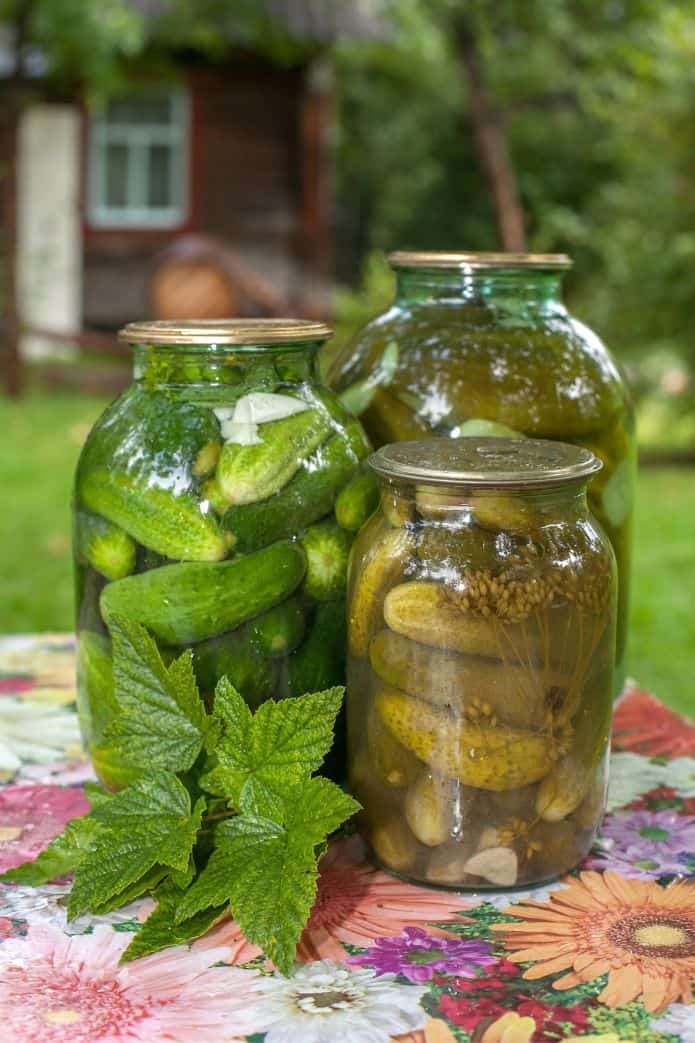
Fermentation is an easy and accessible method of food preservation that has been used for centuries. It is a simple process that involves using naturally occurring microorganisms to transform food’s flavor and nutrition.
Fermentation can be done with a variety of foods, from vegetables and fruits to dairy products, and requires only a few basic tools and ingredients.
By fermenting your food, you can create delicious, healthy, and unique flavors not found in store-bought products. Plus, you’ll gain the added benefits of improved digestion and increased nutrient bioavailability.
With a little bit of experimentation, anyone can learn to ferment their food at home and reap the rewards of this time-honored tradition.
Here are some recipes to get you started.
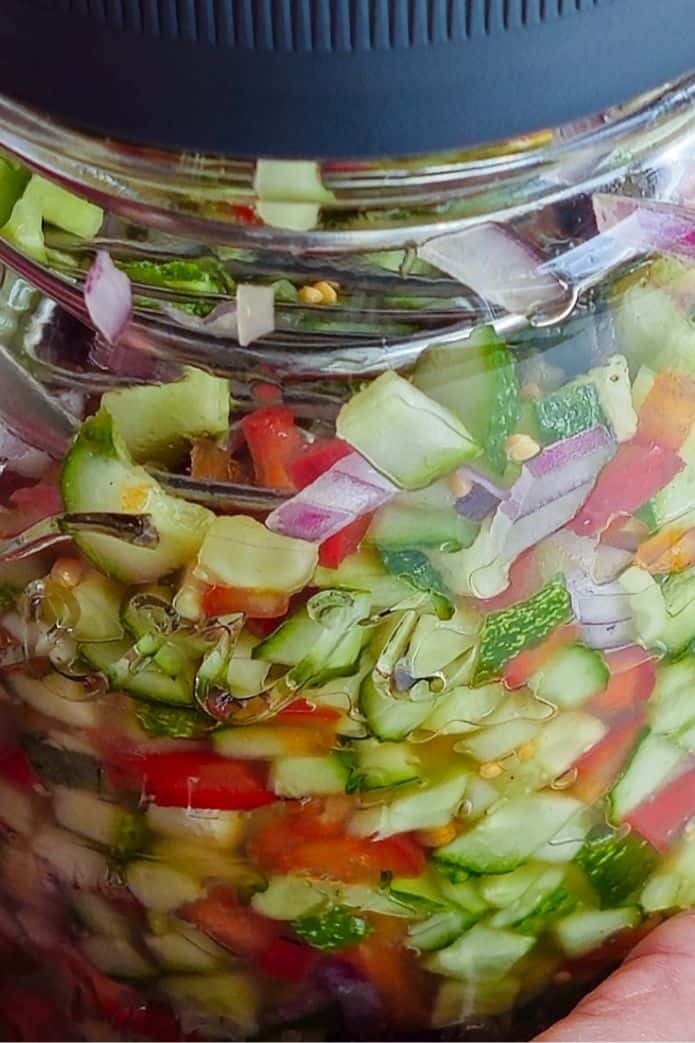
Homemade Sweet Pickle Relish {Crunchy, Tangy, and Probiotic}
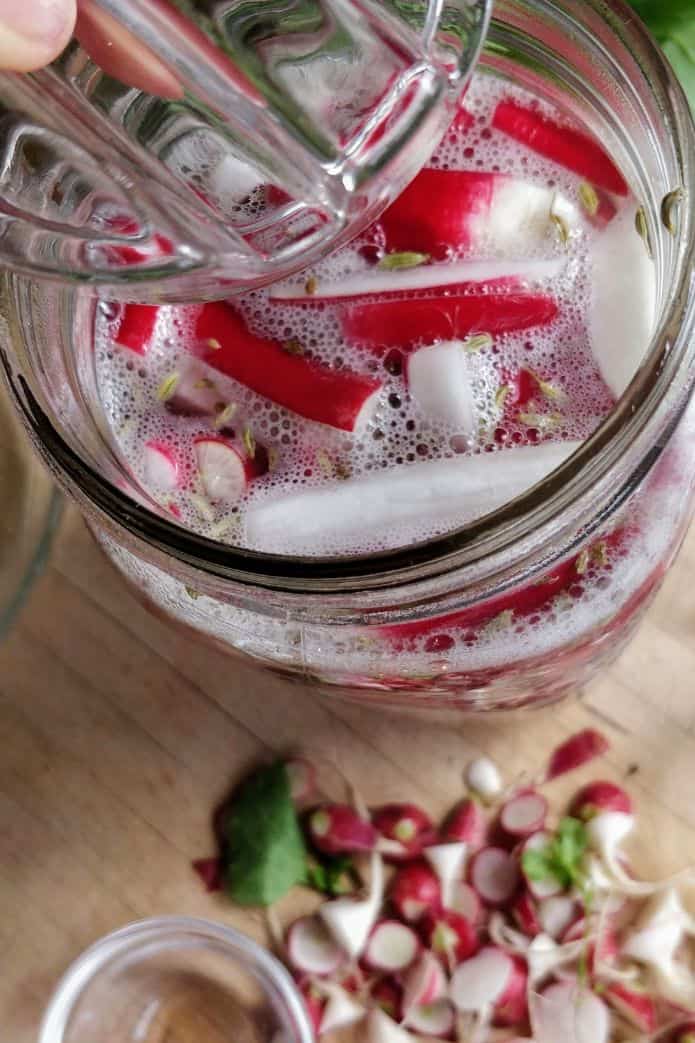
Fermented Radish Pickle Recipe {Simple}
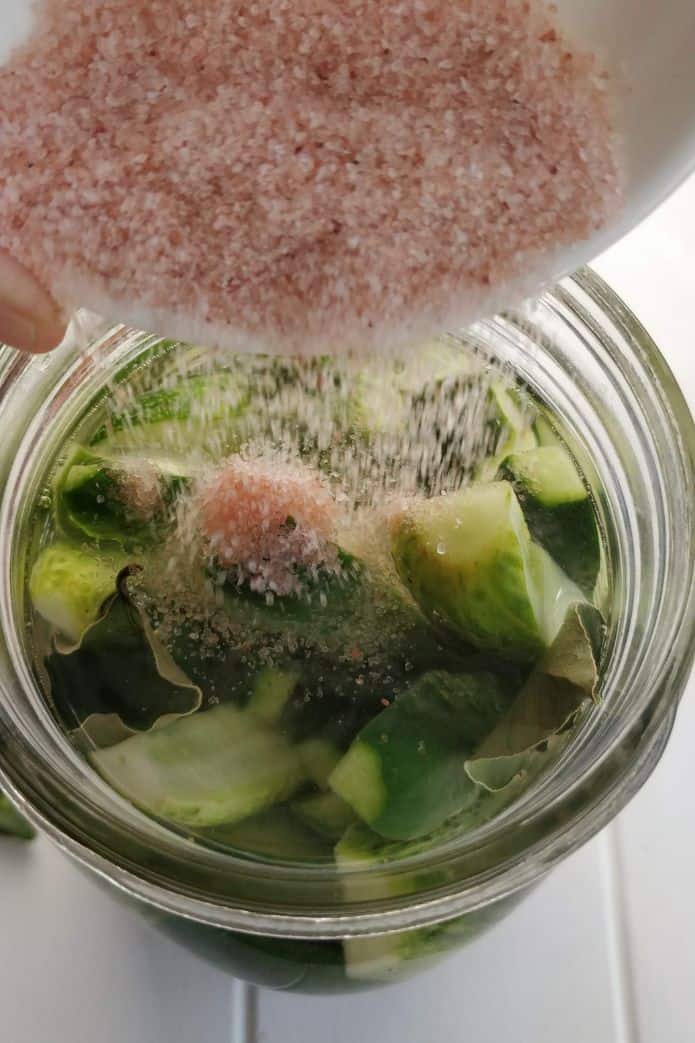
Salt Concentration Chart for Vegetable Pickles
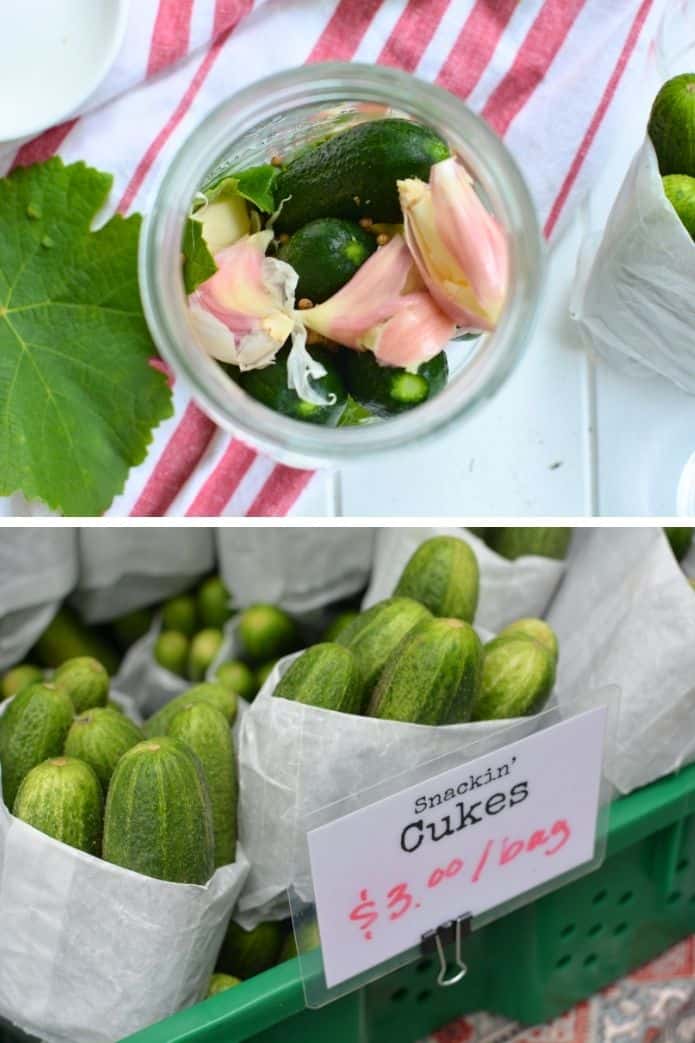
Naturally Fermented Pickles [The Complete Guide]
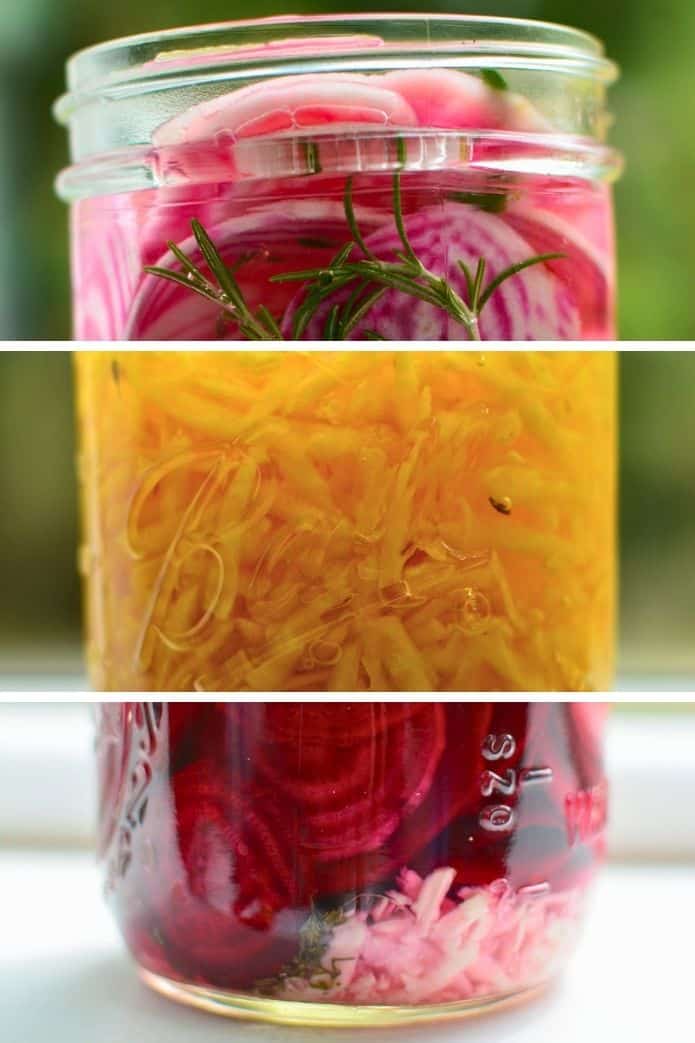
6 Crunchy, Delicious Fermented Beet Recipes [Simple to Make]
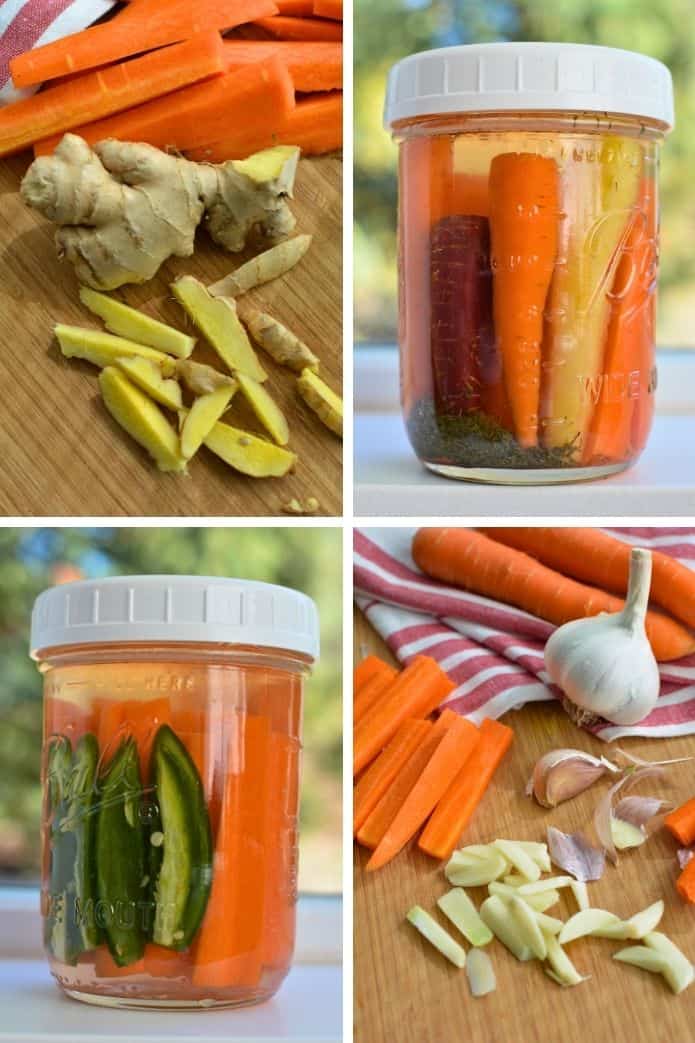
5 Simple Fermented Carrot Sticks Recipes [Crunchy Goodness]
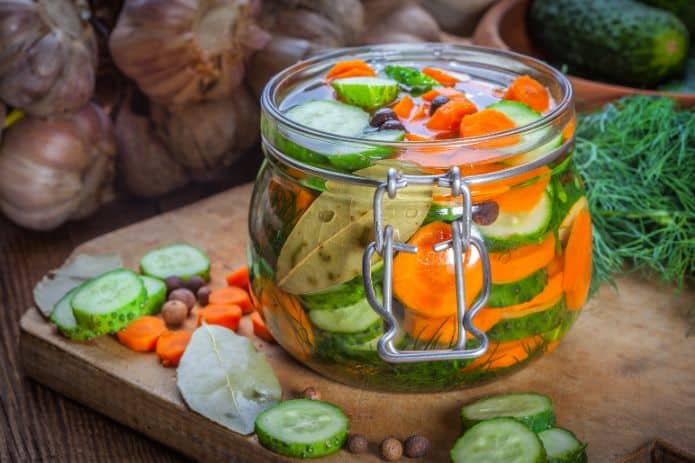

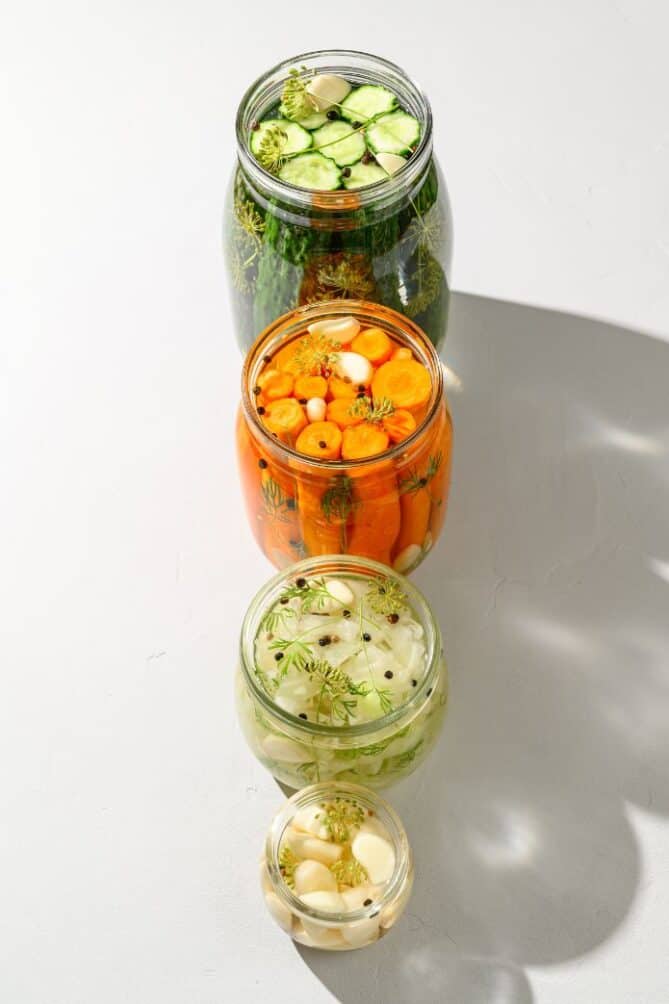

 This post may contain affiliate links which won’t change your price but will share some commission.
This post may contain affiliate links which won’t change your price but will share some commission.